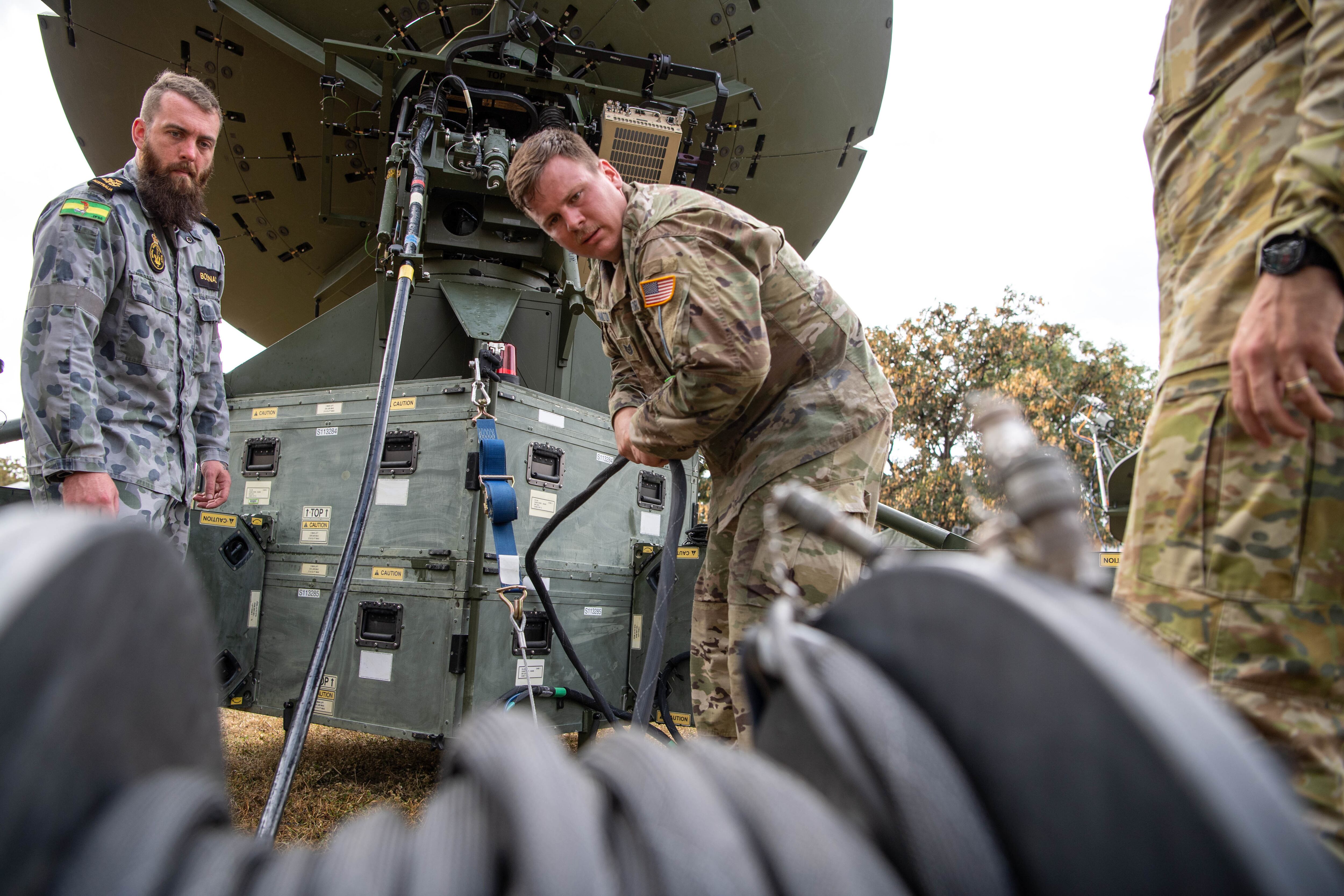For years, the U.S. has enjoyed mostly uncontested status as the world’s preeminent space power. Aggressive space expansion by China and Russia is now disrupting that narrative, however.
As these near-peer competitors devote massive resources to delivering next-gen capabilities that match or surpass existing U.S. space systems, it’s forced the DoD to recognize the limits of its traditional space acquisition and look for ways it can deliver capabilities faster.
Defense News spoke recently with Mark Mohr, director of business development for Northrop Grumman, about the need for space acquisition reform.
Defense News: Can you paint a picture for why traditional space acquisition has come up short in the past?
Mohr: It’s a fairly complex question debated within the acquisition community. The fact is that the United States and its industry partners have learned many difficult lessons in the preceding 50 or 60 years: the United States is not without its share of launch or on-orbit failures. Because of the critical nature of what these space systems provide, historically there’s been a requirement to ensure that the space capabilities are ‘high reliability’. That comes with a tremendous amount of due diligence, whether it be in the design space and the requirements traceability space, and certainly from the integration and test perspective. This is typically what we refer to when we talk about Class A types of missions and Class A requirements.
The short version is that space capabilities, for the most part, have been categorized as Class A types of systems. Therefore, in order to provide all the due diligence associated with the entire life-cycle, they’ve seen inordinately long development cycles which does not allow you the ability to go at speed and match what industry is capable of — which is largely ‘design fast’ and ‘go on orbit fast’.
Defense News: What are some exciting or meaningful steps the DoD is taking to reform space acquisition?
I would say it’s multifaceted. For one, there’s a much greater appetite in accepting lower class missions to fulfill many of the mission needs. These are the lower class missions: Class B, C and D. This is important because the life-cycle of these systems — and the ability to get them up on mission — are normally much faster.
Second, whole organizations have been directed to focus on this drive. There’s a Space [Rapid Capabilities Office] RCO now whose charter is to procure operational space systems in significantly reduced time frames allowing for industry to bring forward innovative approaches and technical solutions. We know that Dr. Tournear’s [Space Development Agency] SDA is also focused on the rapid procurement and fielding of whole constellations of systems that can be built and fielded much faster. And underlying it all is a greater risk tolerance. There’s a recognition that in many cases, near-peer competitors are fielding capabilities much faster and in greater quantity than the United States. That need to deliver faster, forces onto the conversation a higher risk tolerance than normally has been accepted.
Finally, there’s a focus on companies that can build at rate because with some of these smaller or lower class missions, it opens up the ability to build space systems in quantities that has not been seen before.
Defense News: Among those developments you mentioned, what do you think will have the greatest impact?
Mohr: From an industry perspective, it’s not an either/or type of toggle. There are truly national capabilities where it’s important for both the public and government leadership to fully appreciate that there are US space capabilities that when called upon must work, guaranteed. This actually calls for a hybrid type of architecture dependent upon mission and orbital domain.
Industry can work together with the government to determine what is the right risk tolerance, and therefore, the right measure of assurance during this life-cycle so that it’s really a conversation between those that are building the systems and those that are procuring the systems.
For example, you can have systems that might be class D going at tremendous speed, but may not be able to fulfill some of the national mission capabilities. But even on some of those national capabilities — given the gains that we’ve made from both a technology perspective and a process perspective — there is the ability to quite frankly go faster than we already are.
What’s really needed on each and every program is an agreement between the government and industry on what are the best mission assurance requirements. What we would offer is continued industry outreach to further explain those procurements against the charter and how it fits into the OSD, the Space Force and the IC authorities.
Defense News: What would demonstrate to you -- 6 to 12 months from now -- that measurable progress was made in improving the reform and acquisition cycle?
Mohr: There’s been a lot of focus on section 804 authorities that organizations can use to go as rapidly as possible. I’ll say that articulating the number of programs that are in fact moving forward under 804, those are demonstrable programs where the Department and the IC are trying to improve the acquisition timeline cycles. That would be a process by which there should be demonstrable success because we know that it’s well underway.
I’ll also highlight that digital engineering is an initiative well underway within the Space Force. We think this is important because the digital engineering capabilities that Northrop is working on with the Space Force and SSC (Space Systems Command) are designed to take a significant chunk of time out of the life-cycle. And explaining to the Department how these programs can use this new digital engineering construct is another measurable way to show that industry has the ability to help and to procure systems faster.




